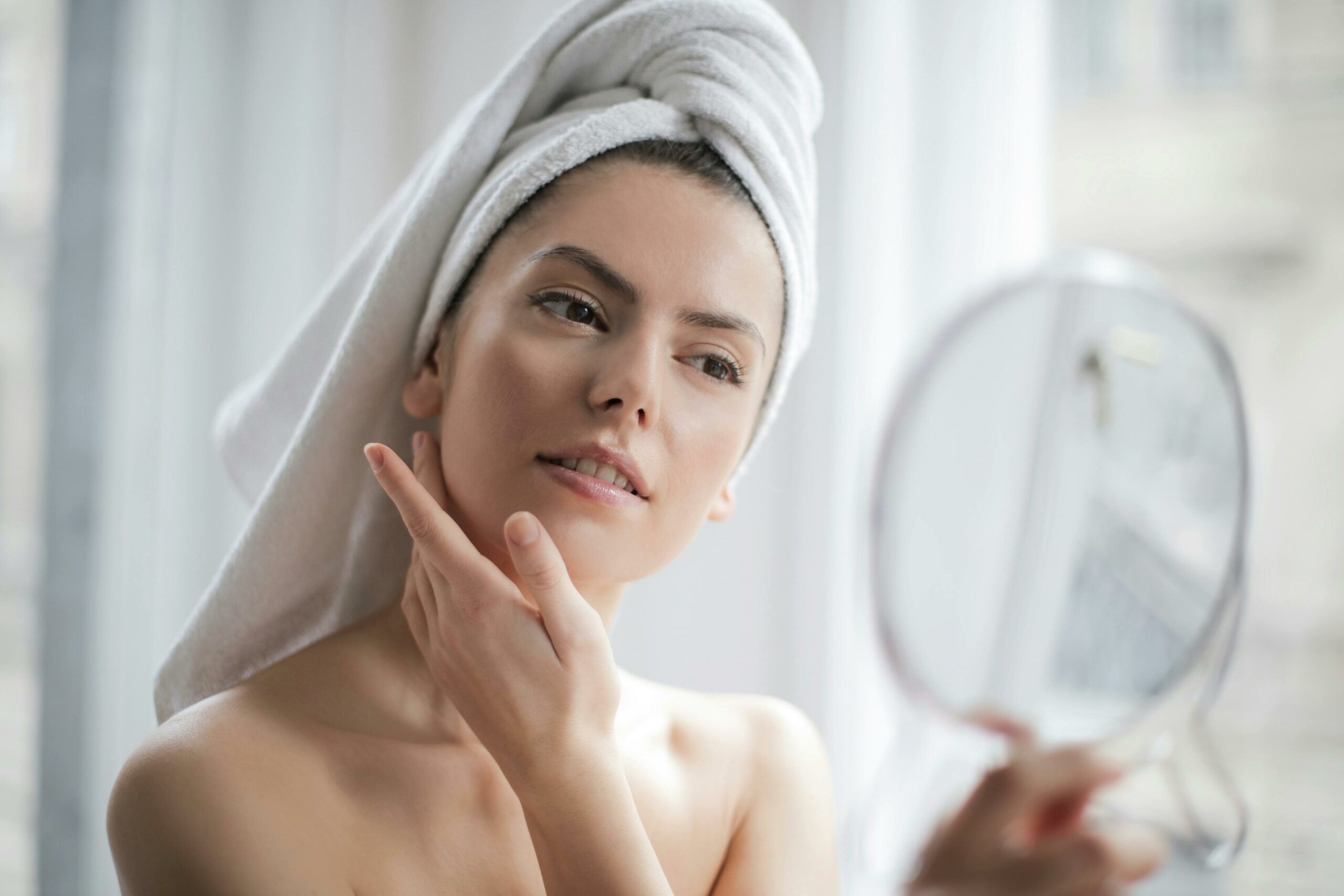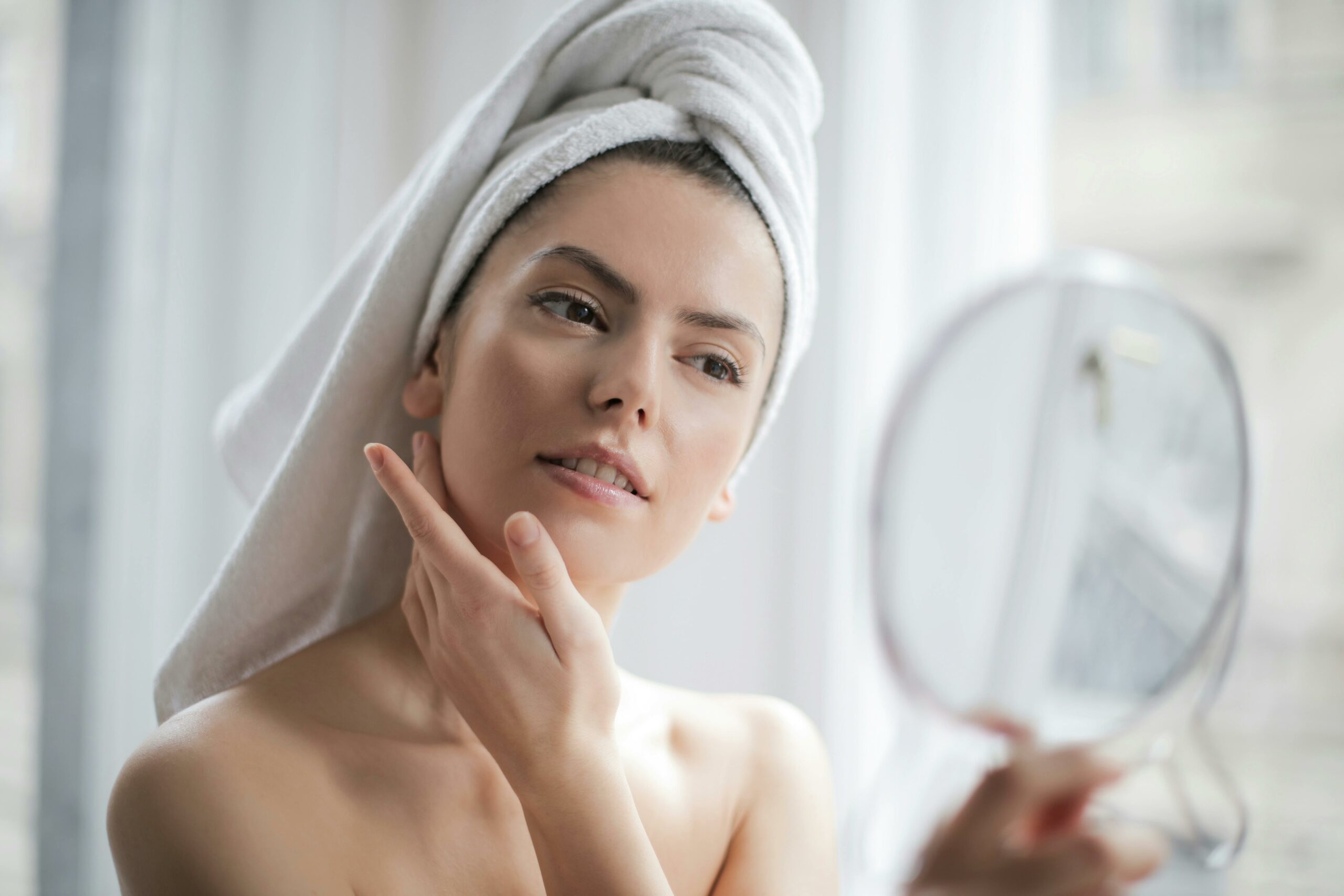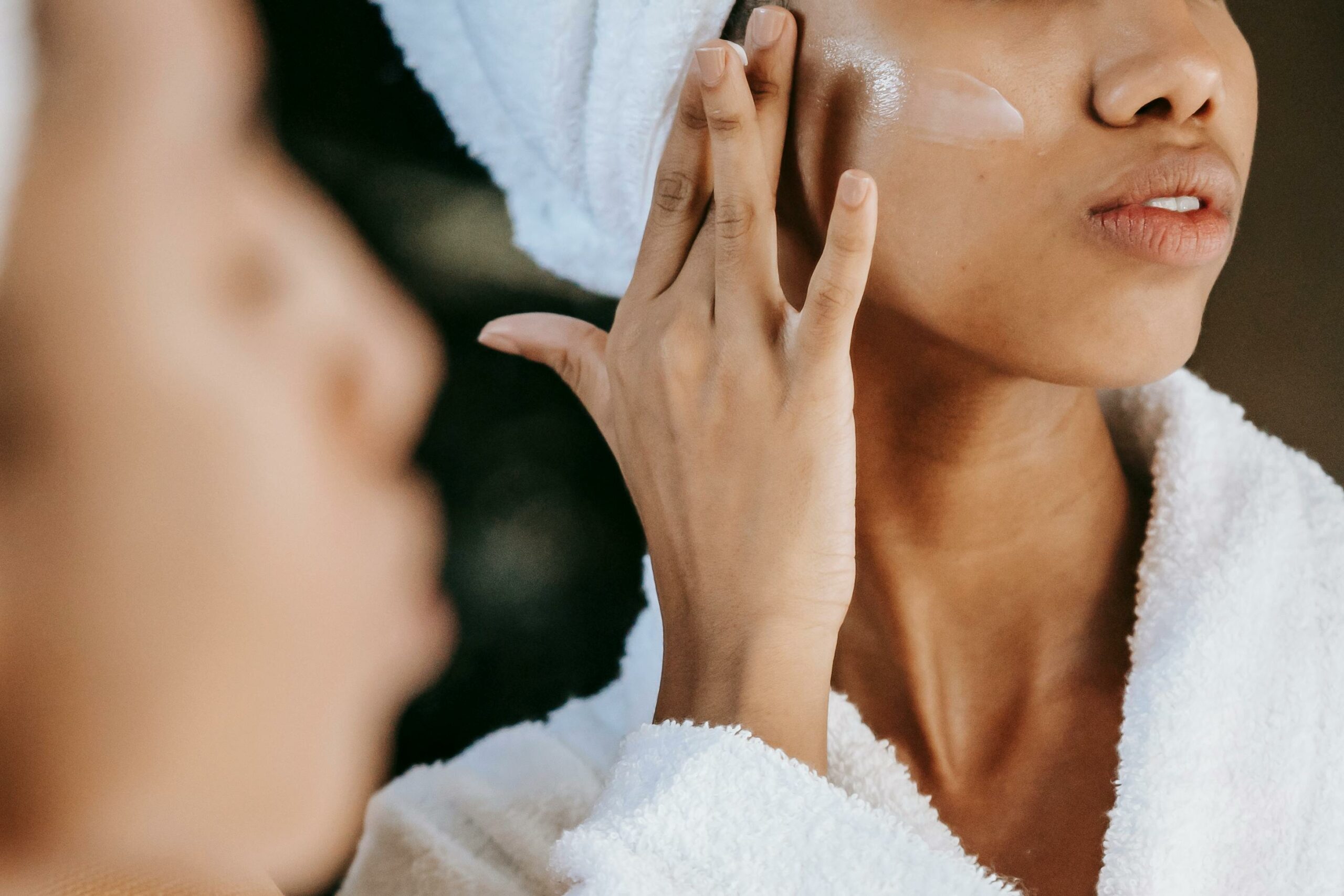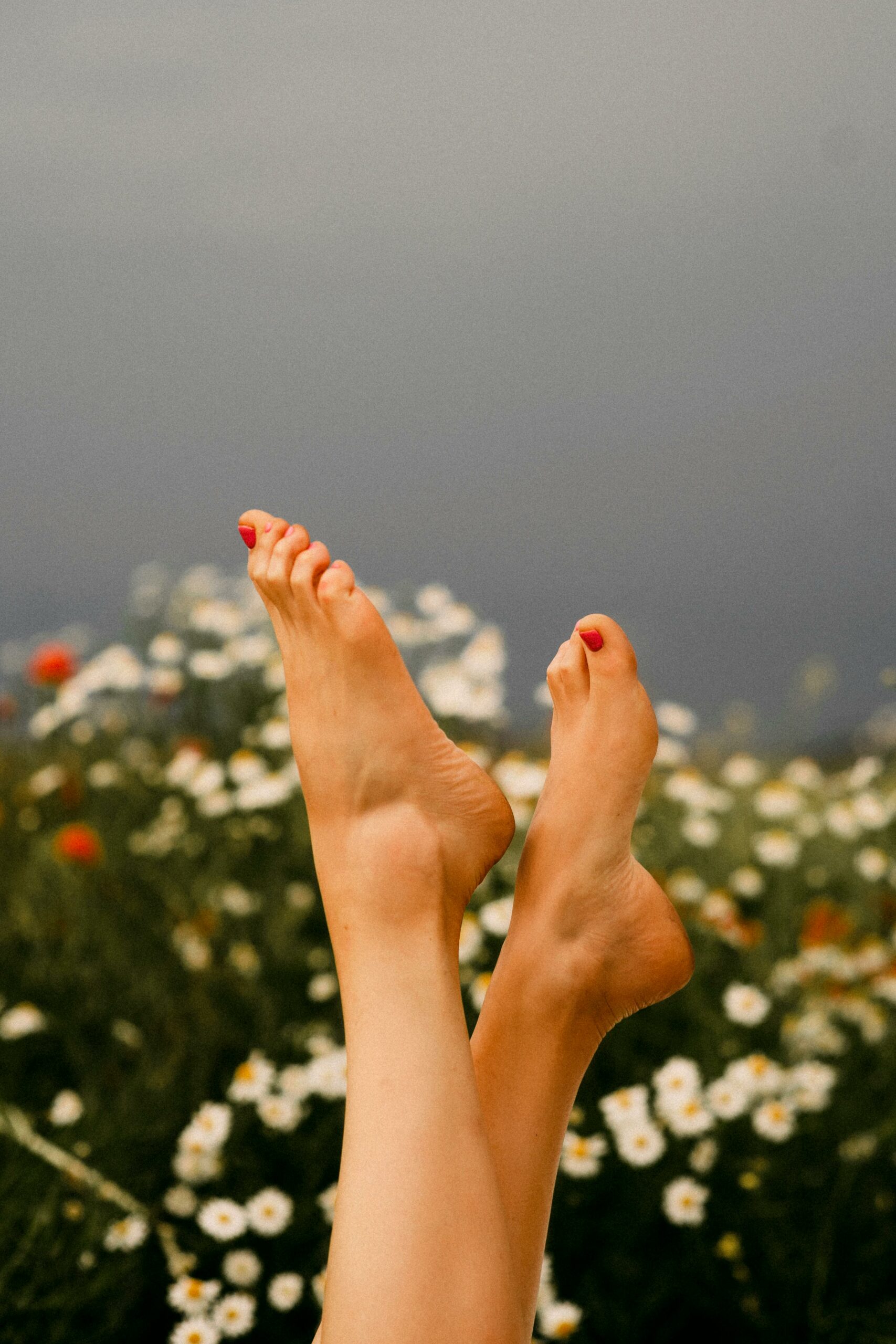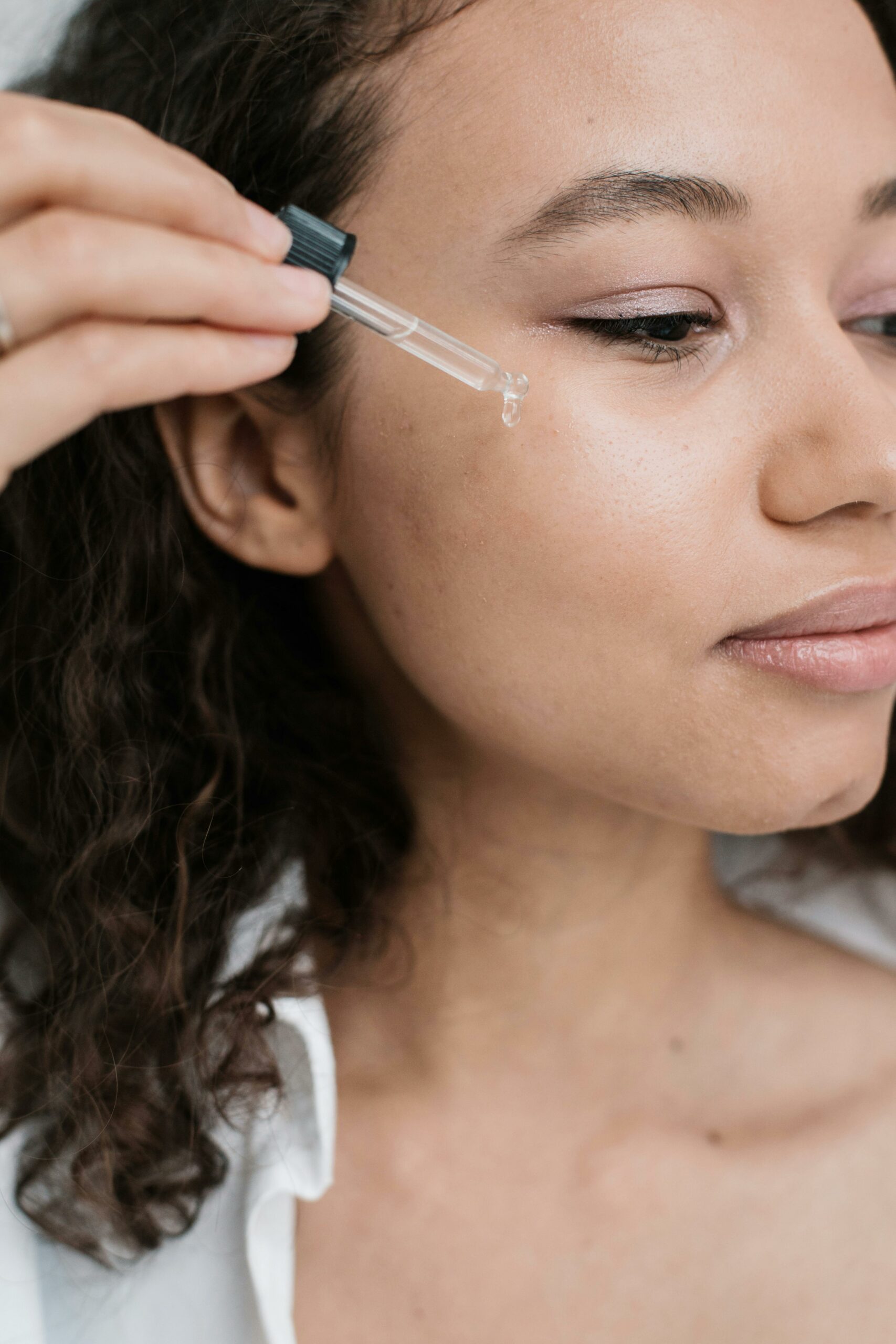Acne is not the same in every case. Every type of acne has different features like, redness, puss, blackheads, and whiteheads, and each trait requires a different anti-acne hero to combat.
If you have acne on skin it is necessary to do some research and take some action as soon as possible. But do not rush it, as it is a matter of your skin.
Let’s take a look at nine anti-acne treatments that you can include in your regular skincare routine:
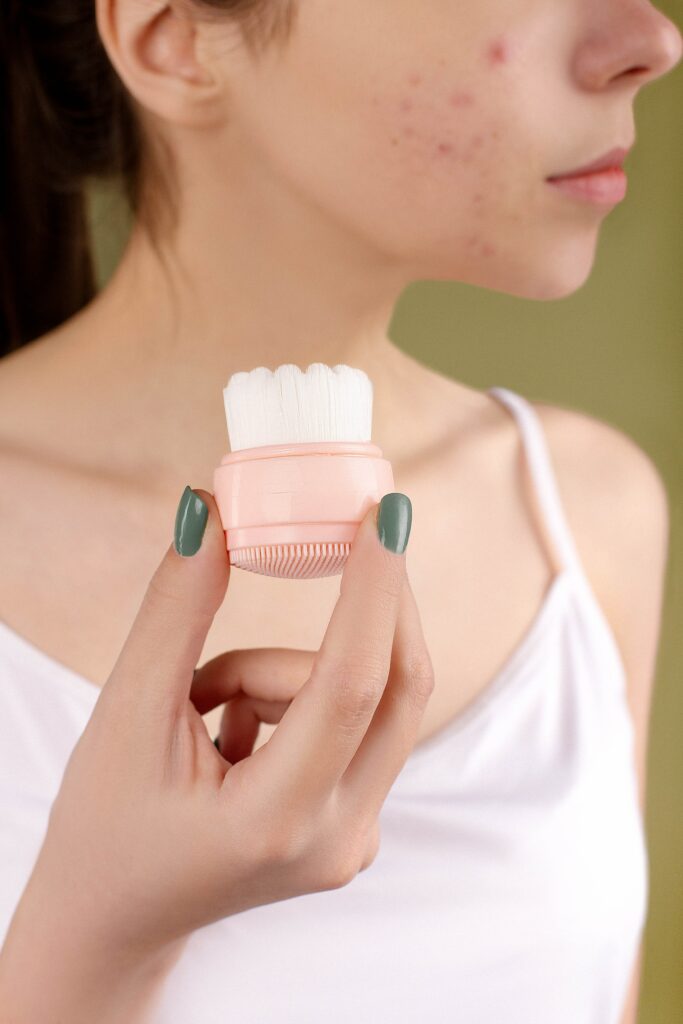
1. Salicylic Acid
Salicylic acid is a form of beta-hydroxy acid (BHA) having exfoliating capabilities that help to slough away dead skin cells and unclog pores from your skin.
The salicylic acid molecule’s structure allows it to be oil soluble, which aids in breaking down the oil that has accumulated in your skin’s pores and unclogging the obstruction. This makes it an excellent solution for treating early stages of acne, such as whiteheads and blackheads, in teenagers or persons with oily (seborrheic) skin.
In higher concentrations, it acts as an anti-inflammatory, helping to diminish pustules and red acne pimples. The acid Salicylic acid additionally serves as an excellent keratolytic or exfoliant.
While dealing with acne-prone skin, skin cells tend to stay together and clog the pores rather than being shed off as they would in normal, healthy skin. Salicylic acid works by dissolving the glue that keeps the clogged pores’ sticky skin cells together.
Salicylic acid works best when used with a cleanser or gel preparation. For OTC (over-the-counter) medicines for at-home use, look for salicylic acid in a 0.5-2 percent concentration.
If your skin starts to irritate, you need to stop using it. To reduce mild irritation, you can use a revitalizing mist skin calming solution that suits you.
For improved tolerance, take it with a hydrator and an antioxidant. It should not be used in large quantities or on large regions since it can easily be absorbed in the blood and cause salicylate toxicity—only on pimples when used as a spot therapy.
It needs to be used with caution if you have sensitive or dry skin because it can cause irritation. Overuse in greater quantities might aggravate the discomfort further. Females who are pregnant or lactating should avoid it.
2. Benzoyl Peroxide
Benzoyl peroxide is an antibacterial chemical that kills the bacteria that cause acne in all forms.
Unlike salicylic acid, benzoyl peroxide has no effect on oil accumulation but works to neutralize the P.acnes (Propionibacterium acnes) bacteria that infects clogged pores and causes acne. It works well on most types of acne, including whiteheads, blackheads, papules, and pustules.
Benzoyl peroxide is available in cleanser and gel forms. When using this component to treat acne, it is recommended that you use an oily-skin-friendly moisturizer. A dermatologist will frequently prescribe it in conjunction with a retinoid.
For home use, OTC brands include 2.5 percent, 5%, and 10% strength variations. It can cause extreme skin dryness, blistering, and peeling.
3. Sulfur
Sulfur is a naturally occurring mineral that acts as an exfoliant, antimicrobial, and anti-inflammatory agent.
It is highly efficient in the early stages of acne (whiteheads, blackheads, and papules) and can be used with caution on sensitive skin. It is a bacteriostatic agent, which means it inhibits the growth of bacteria.
When used topically, it eliminates the top layer of skin by drying it up and allowing it to peel off easily. To avoid skin irritation, use it as a cleanser or as a short-contact spot treatment.
Combining sulfur with anti-acne medicines such as salicylic acid or benzoyl peroxide can result in a severe allergic reaction.
4. Tea Tree Oil
Tea tree oil is a well-known anti-inflammatory treatment for acne and excess oiliness. According to some research, the concentration required for it to be effective is around 5%.
The high concentration is beneficial in the early stages of acne, such as the development of whiteheads and blackheads. If you have persistent acne, it is not the most effective anti-acne treatment.
OTC products using tea tree oil as the principal ingredient typically have a low concentration—less than 3%—which is insufficient to be effective. Combine tea tree oil with other anti-acne products if you wish to utilize it to cure your blemishes.
Consult your dermatologist before combining it with another product to avoid drying out your skin or causing an undesirable reaction.
5. Azelaic Acid
Azelaic acid is an organic acid in the dicarboxylic acid family. Similar to benzoyl peroxide and salicylic acid, it acts as an exfoliator and has antibacterial and antioxidant qualities.
It breaks down the acne-prone sticky skin cells, allowing them to be sloughed off. It also targets P.acnes, inactivating and subsidizing them.
Azelaic acid also lowers the appearance of dark patches and blemishes produced by acne. It’s best for darker skin tones with a mix of continuous acne activity and post-acne blemishes.
Azelaic acid is available in a 10% cream or serum form. In a foamy formulation, it is also an effective treatment for body acne. It should be used in conjunction with a hydrator because it can cause dryness. Pregnant women can also use this chemical safely.
6. Retinol
Retinol is the best option for acne treatment, regardless of how old you are or the form of acne you have. Unlike other acne treatments, it works from the inside out.
The retinoid attaches to nuclear receptors in the skin, triggering them to normalize the general cell turnover cycle.
As the normal skin turnover cycle takes effect, the pores become less clogged, allowing additional anti-acne products to operate effectively. It is available in creams and gels that contain benzoyl peroxide. Consult your doctor about the best retinol to take for your acne and skin type.
Retinol should be taken with caution because it can induce dryness, increase sun sensitivity, and trigger an allergic reaction, particularly in individuals with mixed skin. It is not recommended if you are expecting or lactating.
Retinoids require a longer time to function. Using an over-the-counter retinol like Differin or a prescription-strength retinoid may require 4 to 6 weeks or more to see benefits.
7. Alpha-Hydroxy Acids (AHAs)
The AHAs are a type of chemical exfoliator. According to Perlis, they exfoliate dead skin cells, prevent the accumulation of sebum (oil), and prevent bacterial overgrowth.
AHAs are classified into several categories, including Lactic acid, Mandelic acid, and Glycolic acid. AHAs can help to unclog pores and reduce breakouts by eliminating dead skin cells and excess oil. AHAs have been proven in studies to be modestly helpful.
When you initially start using AHAs, you may experience tingling, itching, and dryness. If this occurs, reduce your usage to every other or third day until you become accustomed to the product. You can gradually raise the frequency after you’re used to it.
Perlis also emphasizes the significance of Using sunscreen when adding AHAs to your skincare routine is crucial as Alpha-Hydroxy Acids make your skin more vulnerable to UV radiation.
Use a cleanser with a pH of 3% to 8%. Higher concentrations in peels and masks should be used cautiously because they can cause serious damage if not utilized correctly. AHAs work quickly; most people can see results in a week or less.
8. Niacinamide
Niacinamide is a kind of vitamin B3 that has been shown to be useful in the treatment of both inflammatory and non-inflammatory acne.
Niacinamide, also known as the skincare’s powerful component, has shown to be well worth the hype. It not only treats acne-prone skin, but it also addresses skincare issues such as hyperpigmentation. It is quite effective due to its antibacterial qualities. Opting for skincare products that include a specified quantity of niacinamide is always ideal.
9. Bentonite
Bentonite is a brownish-green clay formed from volcanic ash that is frequently used in face masks.
When combined with water and applied to the skin, it aids in removing pollutants and reducing sebum and bacteria, all of which can help reduce acne. It works particularly well when combined with other acne-fighting substances, such as salicylic acid.
While bentonite can dry up breakouts, it can also dry out your skin, so look for a formula that hydrates or use the product with a heavy-duty moisturizer or oil. It is a bonus point if your hydrating product also contains anti-acne ingredients.
Conclusion:
After knowing all the product types and skin types, use these anti-acne ingredients and include them in your skincare routine. Be very cautious when it comes to your skin, and consult with a dermatologist if necessary.


